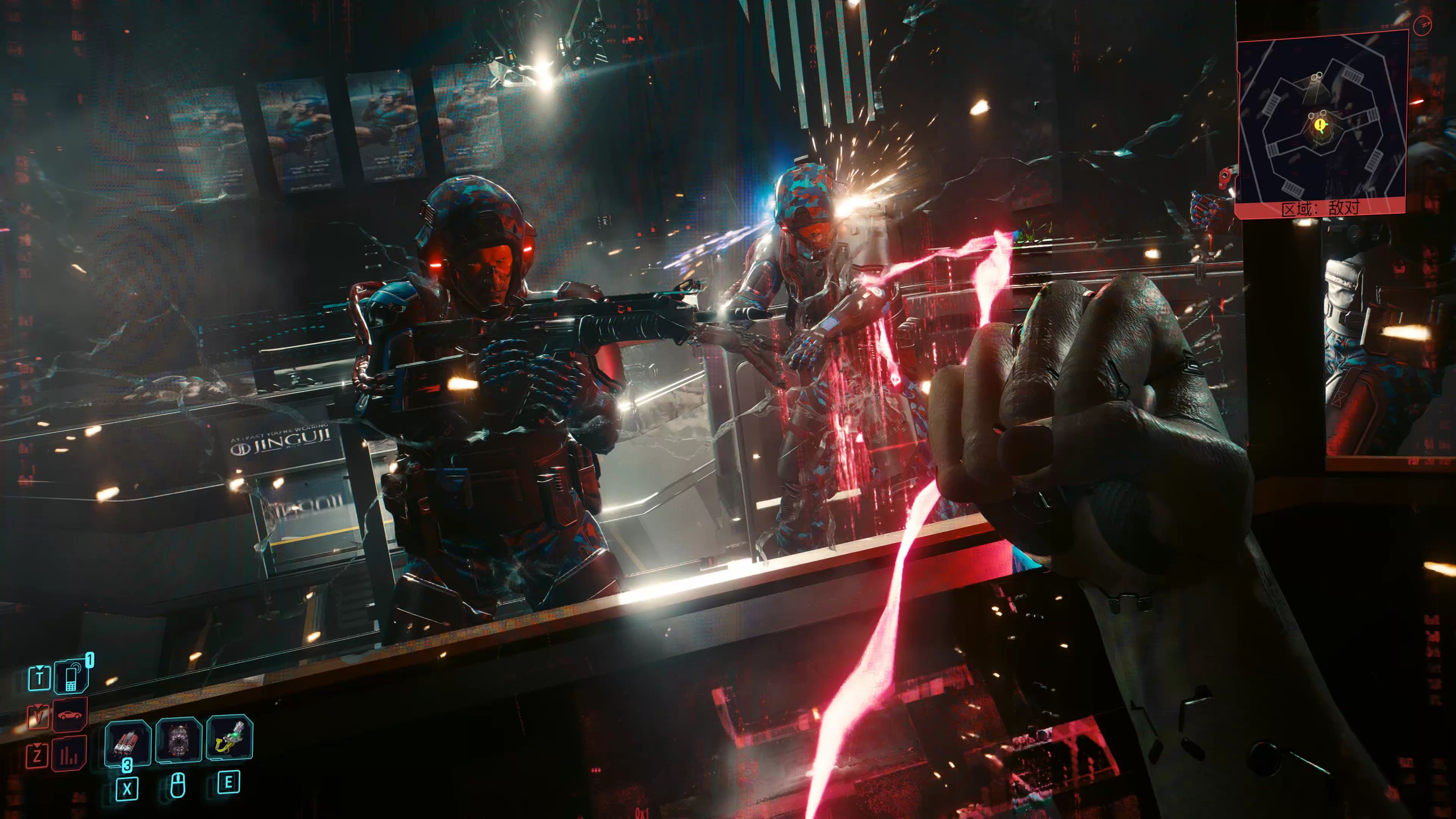The question of whether Fire Emblem has influenced other game developers is not a matter of "if" but of "how deeply." Since its debut in 1990 on the Famicom, Nintendo's tactical role-playing series has navigated a remarkable trajectory from cult-status niche to global phenomenon. Its journey is a chronicle not just of its own evolution, but of its profound and multifaceted impact on the broader landscape of game design. Fire Emblem is not merely a JRPG; it is a foundational pillar of the tactical RPG subgenre and a case study in how to successfully modernize classic formulas without sacrificing their soul, a lesson that has been keenly observed and internalized by developers worldwide.
The most direct and undeniable sphere of Fire Emblem's influence lies in the proliferation of the tactical RPG itself. Before the series gained significant Western recognition, the genre was largely defined by hardcore, often unforgiving titles. Fire Emblem’s core tenets—grid-based movement, weapon triangles, permadeath, and a narrative deeply interwoven with unit progression—established a blueprint. This blueprint was meticulously studied and adapted by countless developers. The most prominent example is the Advance Wars series, also developed by Intelligent Systems, which translated the core tactical loop into a modern military setting, proving the versatility of the underlying mechanics.
This influence exploded into the mainstream with the release of Fire Emblem: Awakening in 2012. This title was a watershed moment, not only saving the franchise from cancellation but also demonstrating a new, highly successful model for the genre. Its masterful integration of social simulation elements, primarily the "Support" system, became a new gold standard. The ability to build relationships between characters, leading to tangible combat benefits and deeply personal narrative payoffs, redefined player investment. Developers took note. This fusion of tactical combat and relationship-building is now a cornerstone of many modern strategy RPGs.

The Banner Saga trilogy by Stoic Studio is a prime example. While its Norse-inspired aesthetic and narrative tone are distinct, its DNA is deeply Fire Emblem-esque. The grid-based combat, the emphasis on specific character abilities, and, most importantly, the way narrative choices and character relationships directly impact the survival of your caravan and roster, are all clear evolutions of the concepts Awakening popularized. Similarly, the massive success of XCOM 2 (2016), while a turn-based tactics game rather than a JRPG, benefited from a renewed appetite for deep, character-driven strategy games—an appetite that Fire Emblem’s resurgence helped to cultivate. The "Bond" system introduced in XCOM 2: War of the Chosen, where soldiers who fight together gain synergies, feels like a direct nod to the Support mechanic, adapted for a global audience.
Beyond specific mechanics, Fire Emblem’s influence permeates the very structure of modern character-driven games. The "Social Link" system from the Persona series (particularly from Persona 3 onwards) shares a clear philosophical kinship with Fire Emblem’s Support conversations. Both systems understand that a player's attachment to a unit is not solely based on their statistical prowess, but on their personality, backstory, and interactions with others. This philosophy of "character as mechanic" has become a dominant trend in JRPGs and beyond, encouraging developers to flesh out their entire cast, not just the protagonist.
Furthermore, Fire Emblem’s approach to narrative consequence has been highly influential. The permanent death of characters, a series hallmark until the introduction of "Casual" mode, was a radical design choice. It forced players to live with their mistakes, transforming a tactical error from a simple reload into a poignant narrative moment. This design philosophy, which marries gameplay failure with emotional stakes, has been explored in numerous other titles. Games like Darkest Dungeon with its stress and permadeath mechanics, or Into the Breach with its focus on protecting civilians and buildings, echo this same principle of making the player feel the weight of every decision.
Perhaps the most significant testament to Fire Emblem's influence is the existence of its most direct and successful competitor: Final Fantasy Tactics (1997). While Tactics Ogre existed prior, it was the commercial and critical success of the early Fire Emblem titles that demonstrated a viable market for a deep, story-heavy tactical JRPG, paving the way for Square's masterpiece. This created a healthy rivalry that pushed both franchises to refine their craft. More recently, the global sensation of Genshin Impact incorporates elemental reaction systems that function similarly to strategic positioning and type-effectiveness, and its gacha-based character acquisition, while monetarily different, taps into the same collector's mentality and attachment to a wide roster that Fire Emblem fosters.
Even Nintendo's own design philosophy has been shaped by Fire Emblem's success. The inclusion of Marth and Roy in Super Smash Bros. Melee was a pivotal moment, introducing Western audiences to these iconic characters and generating immense curiosity about their source material. This cross-pollination strategy, using a flagship franchise to elevate a niche one, has since become a core part of Nintendo's marketing playbook. The success of this strategy demonstrated the power of a strong, recognizable cast—a lesson that has been applied to everything from Splatoon to ARMS.
In conclusion, to view Fire Emblem as just another JRPG is to underestimate its monumental role in shaping modern game design. It is a foundational text for the tactical RPG genre, a pioneer in the fusion of social simulation and strategic gameplay, and a masterclass in creating emotional investment through systemic narrative consequences. Its DNA is visible in indie darlings like Banner Saga, in blockbuster strategy titles like XCOM, and in the character-centric design of countless JRPGs. From the brink of cancellation, Fire Emblem: Awakening did not just save a franchise; it validated a design ethos that prioritizes the human stories behind the stats on a spreadsheet. In doing so, it provided a powerful and enduring lesson to developers everywhere: that the most compelling strategy is one that wins not just the battle, but the player's heart. Its legacy is not confined to its own world of dragons and heroes, but is permanently etched into the code and design documents of the wider video game industry.














